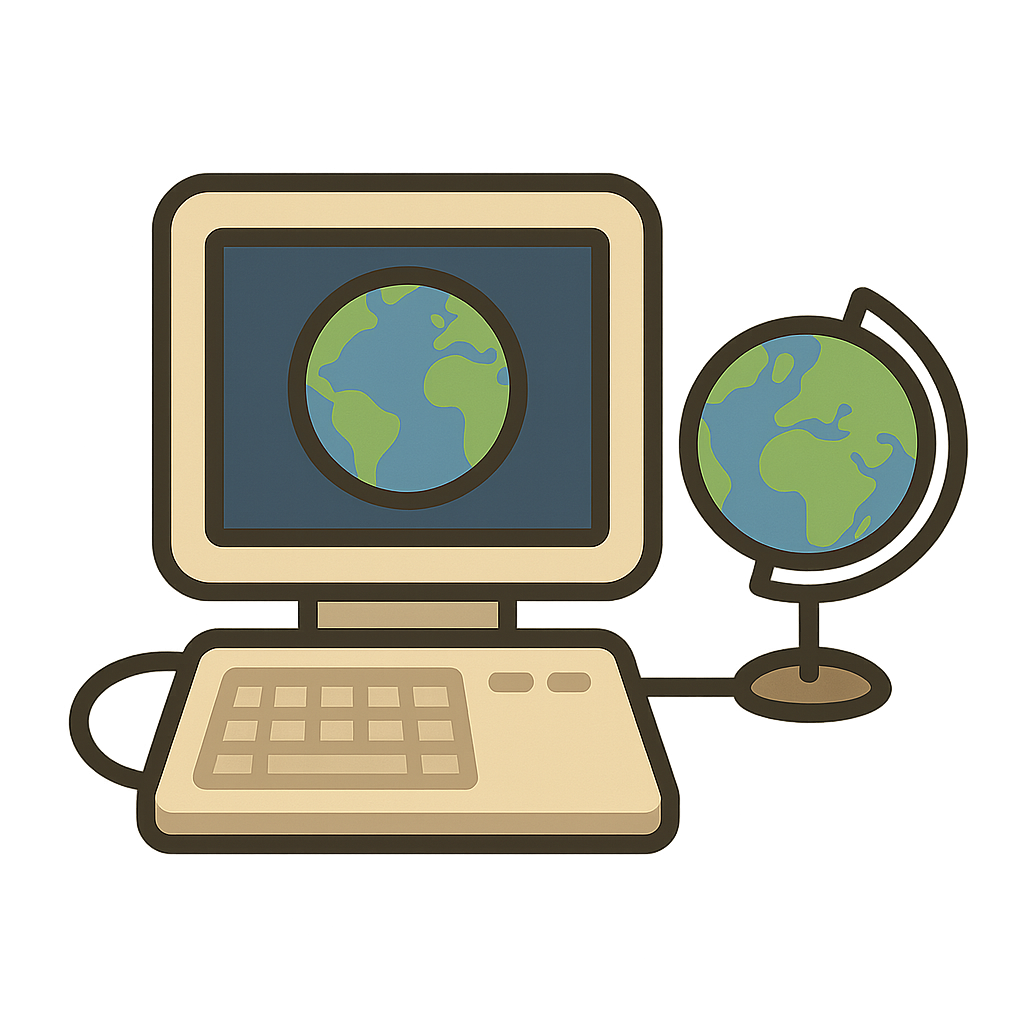Tim Berners-Lee and the World Wide Web
Hello there. My name is Tim Berners-Lee, and I want to tell you about a time I faced a giant puzzle that changed the world. Back in the 1980s, I was working as a computer scientist at a huge laboratory in Switzerland called CERN. It was an incredible place, filled with thousands of the smartest scientists from all over the globe. They were discovering amazing things about our universe every single day. But there was a big problem. All of their brilliant ideas, their research notes, and their data were stored on different computers. And none of these computers could talk to each other. It was like having a massive library where every book was locked in a separate room, and nobody had the right key to open any of the doors. If a scientist in one building wanted to see the work of a scientist in another, they had to print out piles of paper or try to send complicated files that often didn't work. It was messy and slow. Ever since I was a boy, I loved tinkering with electronics and solving puzzles. I even built my own computer out of an old television set. Seeing this big, tangled mess of information at CERN felt like the most exciting challenge I had ever seen. I kept thinking, there has to be a better way to connect all these wonderful ideas.
I started dreaming of a way to link all the information together, like a spider's web stretching across all the computers at CERN, and maybe one day, the entire world. I called my idea the World Wide Web. To build it, I knew I needed to invent a few key things. First, I created a special language for writing documents so that any computer could read them. I called it HTML, which stands for HyperText Markup Language. You can think of it as a set of instructions for building a page, telling the computer where to put the headings, the paragraphs, and most importantly, the links. These links, or hyperlinks, were the magic part. They could instantly take you from one document to another with just a click. Next, every single page needed its own unique address, just like your house has an address so the mail carrier can find it. I called these addresses URLs, or Uniform Resource Locators. Finally, I needed a way for computers to ask for and send these pages to each other. I created a set of rules for this, a kind of secret handshake, called HTTP, or HyperText Transfer Protocol. With these three inventions, the puzzle pieces were starting to fit together. My colleague, Robert Cailliau, was a great help and believed in the project, which encouraged me a lot. On my powerful black NeXT computer, I wrote the program for the world's first web browser, which let you see the pages, and the first web server, which stored them. Then, in late 1990, came the magical moment. I typed in the address, and the first-ever website appeared on my screen. It was a simple page explaining the World Wide Web project, but seeing it work felt like opening a door to a whole new universe.
As more people at CERN started using the web, I saw how powerful it was. It was making their work easier and faster. But I knew this idea was too big to keep inside one laboratory. It had the power to connect everyone on Earth. My colleagues and I faced a very important decision: should we sell this invention, or should we give it away? We decided that for the web to truly grow and belong to humanity, it had to be free for everyone. So, in 1993, CERN announced that the World Wide Web would be available to anyone, anywhere, with no fees to pay. We gave it to the world as a gift. It was important that no single person or company owned it, so that it could be a shared, open space for creativity, learning, and communication. Looking back, I am amazed at how that little project, designed to help a few thousand scientists, has grown into something used by billions of people every day. It has become your library, your classroom, your playground, and your window to the world. My hope is that you use this powerful tool I helped build to stay curious, to create amazing things, and to connect with others in kind and helpful ways. The web is yours now, and I can't wait to see what you build with it.
Reading Comprehension Questions
Click to see answer
